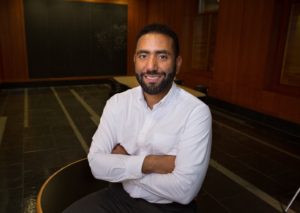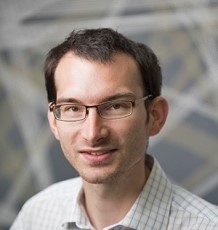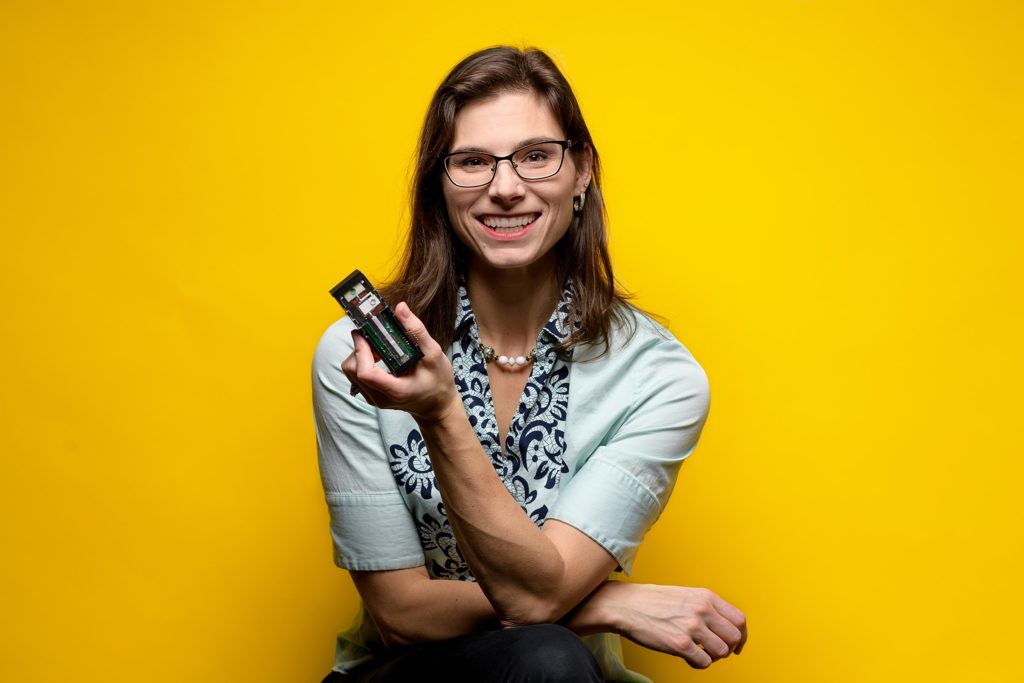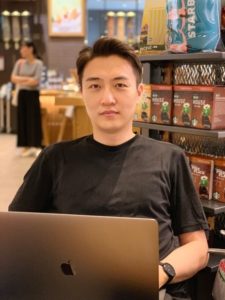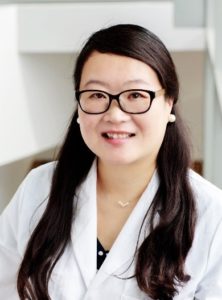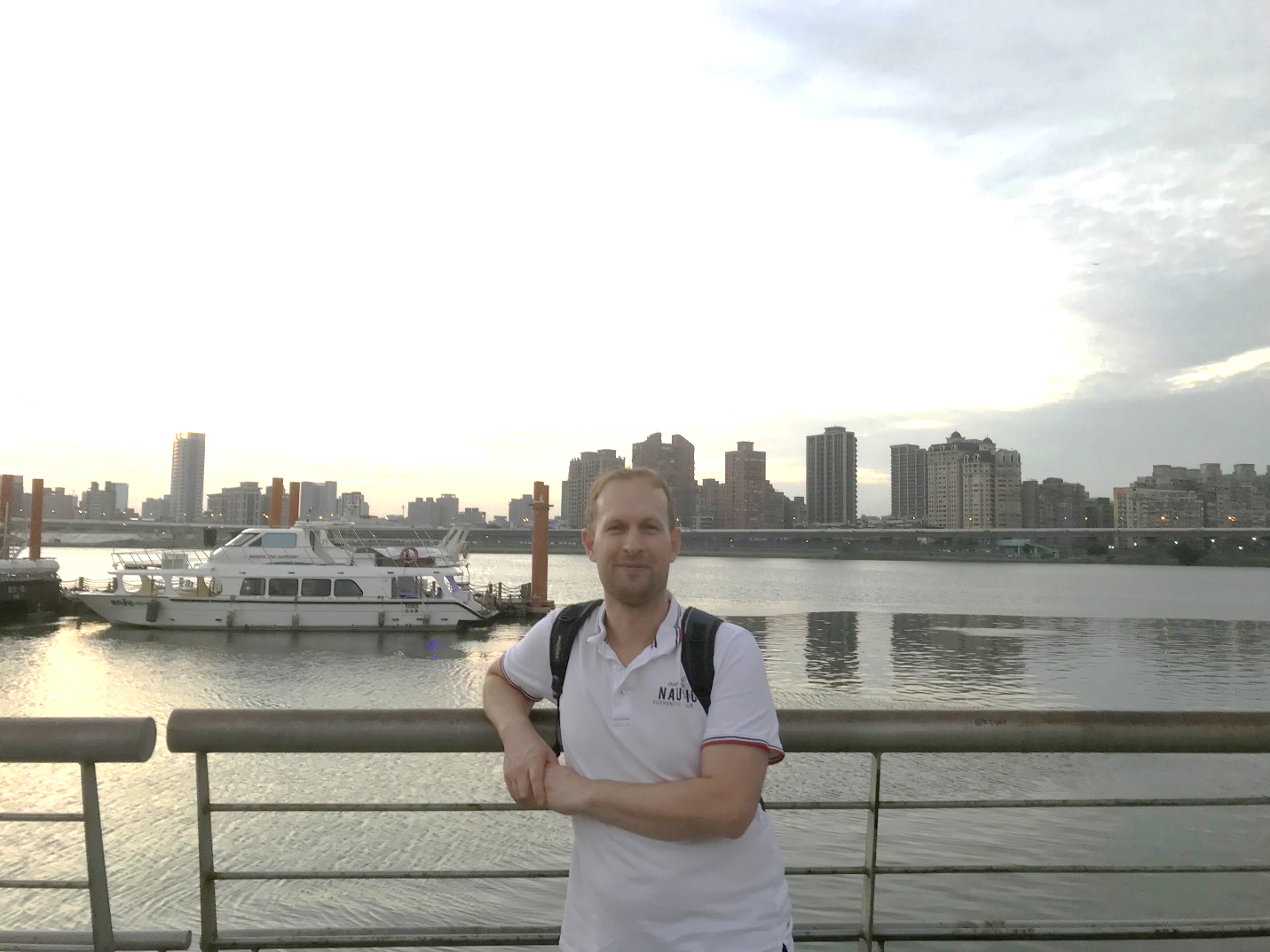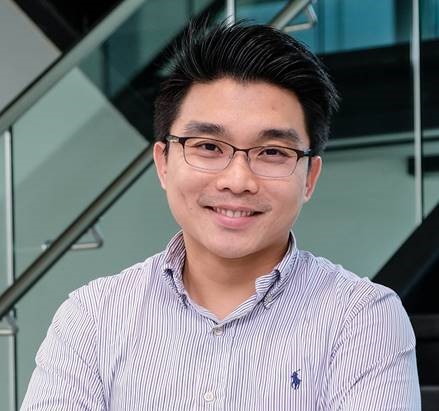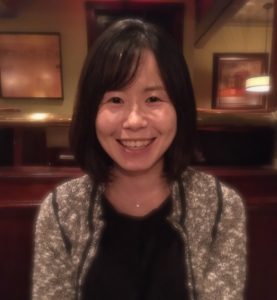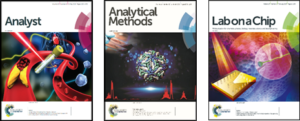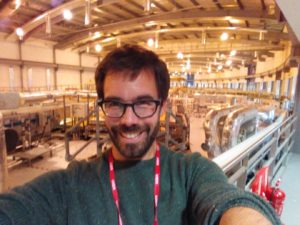Lab on a Chip is very excited to introduce our most recent Emerging Investigator, Dr Aaron Streets!
Aaron received a Bachelor of Science in Physics and a Bachelor of Arts in Art at the University of California, Los Angeles. He completed his PhD in Applied Physics at Stanford University with Dr. Stephen Quake. Aaron then went to Beijing, China as a Whitaker International Postdoctoral Fellow and a Ford postdoctoral fellow and worked with Dr. Yanyi Huang in the Peking University BIOPIC institute. Aaron joined the faculty of the University of California, Berkeley as an Assistant Professor in Bioengineering in 2016. He is currently a core member of the Biophysics Program and the Center for Computational Biology and he is a Chan Zuckerberg Biohub investigator. Aaron has received the NSF Early Career award and was recently named a Pew Biomedical Scholar.
You can read Aaron’s article, μCB-seq: microfluidic cell barcoding and sequencing for high-resolution imaging and sequencing of single cells, here.
If you’d like to know more about Aaron and his research, read the short interview with him below!
Your recent Emerging Investigator Series paper focuses on microfluidic cell barcoding and sequencing. How has your research evolved from your first article to this most recent article?
My first publication used a microfluidic-based dynamic light scattering apparatus to investigate protein crystallization. While this study relied on the integration of microfluidic control and optical analysis, it was really focused on the physics of biological macromolecule phase transitions. No cells, no sequencing, not even any microscopy. The continuous thread that has persisted through my research has been the integration of multilayer microfluidic circuits with advanced optical analysis techniques, however we now take advantage of this technology to study single cells. This means that we rely on a lot of additional experimental and computational tools upstream and downstream of the microfluidics, including interfacing directly with biological samples that are input into our devices, as well as the library preparation, high-throughput sequencing, and ultimately genomic data analysis that are essentially the device outputs. So, while “lab-on-chip” technology is still at the core of our research, we rely heavily on a “chip-in-a-lab” paradigm.
What aspect of your work are you most excited about at the moment?
After a decade-and-a-half of working with microfluidic technology it is extremely energizing to see microfluidics percolate into all corners of biology and the biomedical sciences. It is particularly exciting to see microfluidic platforms become the primary driving technology that has advanced the field of single-cell biology. From the integrated microfluidic circuits that provided the first commercial single-cell RNA-seq platforms, to the droplet microfluidics and microwell technology that has brought ultra-high-throughput single-cell genomics to the masses and has fuelled the Human Cell Atlas Project. In our lab, we are excited about taking a deeper dive into single-cell measurements, and instead of optimizing throughput, really pushing the information content that can be extracted from a single cell. One of the beautiful aspects of integrated microfluidic circuits is that they pair incredibly well with advanced microscopy techniques while facilitating single-cell manipulation and sequential molecular biology protocols. We are excited about using these capabilities to make multimodal measurements on single cells, connecting genomic information to the spatial organization of molecules and other morphological phenotypes that are probed more efficiently with light.
In your opinion, what is the biggest advantage to using the μCB-seq platform compared to other methods?
It is easy to take a high-resolution image of a single cell, and it is easy (nowadays) to amplify and sequence the RNA or DNA from a single cell. It is still challenging, however, to take a high-resolution image of a single cell, and then pluck that same cell from the microscope slide and sequence it. Microfluidic cell barcoding and sequencing (μCB-seq) provides a way to do just that for many cells in parallel. With this platform, we are really just using microfluidic chambers to help keep track of which cell was imaged before sequencing. To make this work, we use DNA barcodes that are pre-loaded into the microfluidic device so that each single-cell imaging chamber gets a unique cell barcode. After imaging each cell, that unique barcode gets imprinted into the cDNA from each respective cell so that we can pool all the cDNA from the lanes of our device and make a single sequencing library. After sequencing, the barcode will tell us which transcripts came from which cell, linking gene expression to image data.
What do you find most challenging about your research?
The most challenging aspects of our work tend to be figured out by the PhD students. These are the details you can’t find in a textbook like how to make a device robust to thermal cycling while under a microscope, or where did the cDNA go, or why isn’t this thing working? The truth is that there is a significant up-front investment in resources and time to get these platforms functional. Furthermore, depending on the type of microscopy, many of these tools cannot be ported into other labs. Once we get something like μCB-seq to the proof-of-principle stage there is another set of obstacles to make it a robust technology that we can train collaborators to use efficiently, so that the technology can have impact. Getting these tools into the hands of people who want to use them is still a non-trivial challenge, especially as the front-end and back-end of these experiments require more and more equipment and expertise.
At which upcoming conferences or events may our readers meet you?
I would love to see everyone at the Physics and Chemistry of Microfluidics Gordon Research Conference in 2021. But if we can’t see each other in Tuscany, I look forward to seeing you on Zoom!
How do you spend your spare time?
These days? Good question. I enjoy reading science fiction. I am an avid basketball fan. I love listening to live music. So I guess the answer is… reading science fiction.
Which profession would you choose if you were not a scientist?
I would be a world-famous artist. (Are we allowed to choose how successful we would be? Or just the profession?) Ok, I would be an artist… and a bartender. I studied art in undergrad at UCLA and I always imagined an alternate career making paintings and sculptures and art installations.
If you’re interested in other articles in our Emerging Investigator Series, the whole collection can be found here.


